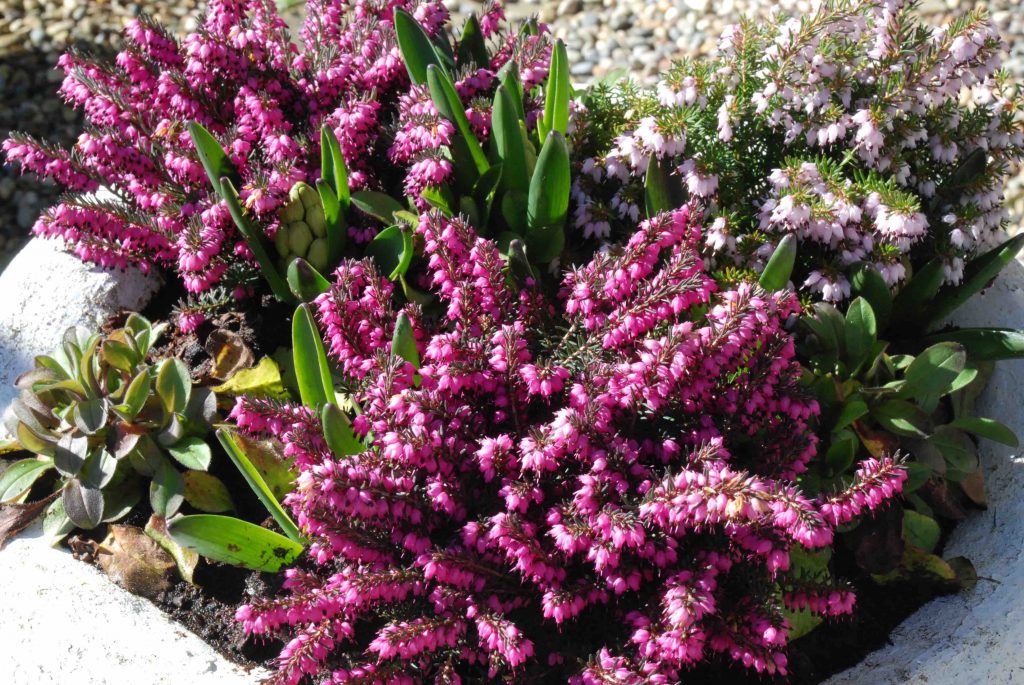
It has taken me many decades to finally adopt a fair attitude to heathers. When I was still very much an apprentice and working at Nags Hall, heathers, planted with conifers, were all the rage. Open plan estates were dotted with neat lawns and island beds of heathers and conifers, promising colour all year and ease of care. And it worked. But like all popular fashions it was followed by a backlash. I was involved in Plant Heritage and was devoted to saving old and rare garden plants and the idea of covering a garden in swathes of ‘boring’ heather was anathema.
But I did dabble. Living at the foot of the Downs in Oxted we had thick grey clay over chalk and growing heathers was not an option. So one day I came home with a selection and I planted a low, wide container. It satisfied my need for several decades, long after they had died of drought through lack of interest.
As I get older and summers seem to be just a short interlude between the last spring daffodil and the first autumn colours on the trees, I begin to admire anything that flowers in winter and so my appreciation of winter heathers was fuelled.
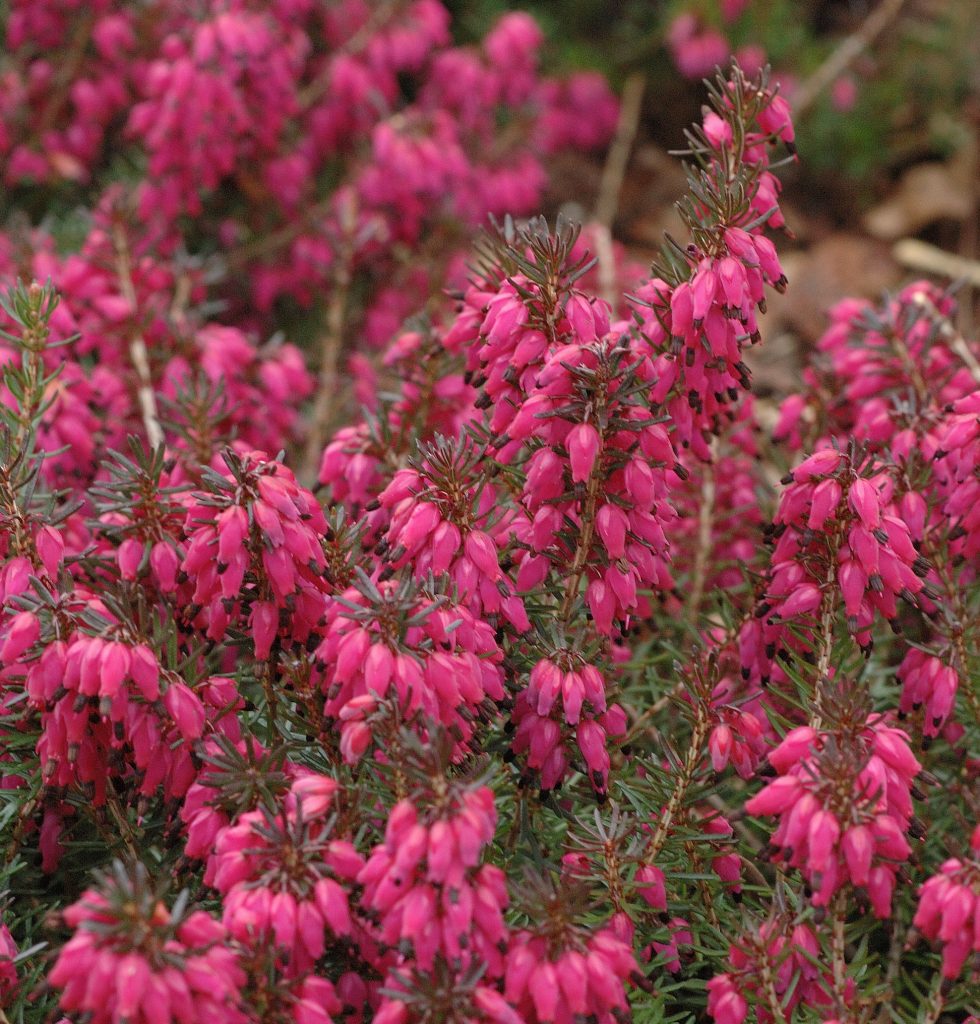
Perhaps most importantly, winter heathers are not unobliging, fussy calcifuges, that hate lime in the soil. Rather, they will grow in any soil that is not waterlogged. They don’t need rich soil and they will even grow where there is a little shade – but don’t think they are ground cover for shade, heathers are plants of open moorland after all.
They produce their flower buds in late summer on the new growth and these remain over winter and open in spring – as a guide. But they can open their flowers any time from now till April, depending on the variety and the weather – a phenomenal flowering season.
Many have coloured leaves too for that extra zing in your planting. And they don’t need to be combined with conifers, though this does still work well. Evergreen grasses, other evergreen shrubs, bergenia and spring bulbs all look well. I have an expanding patch around some young birch with red-stemmed cornus and some hellebores and, as they establish, I find the grouping increasingly satisfying.
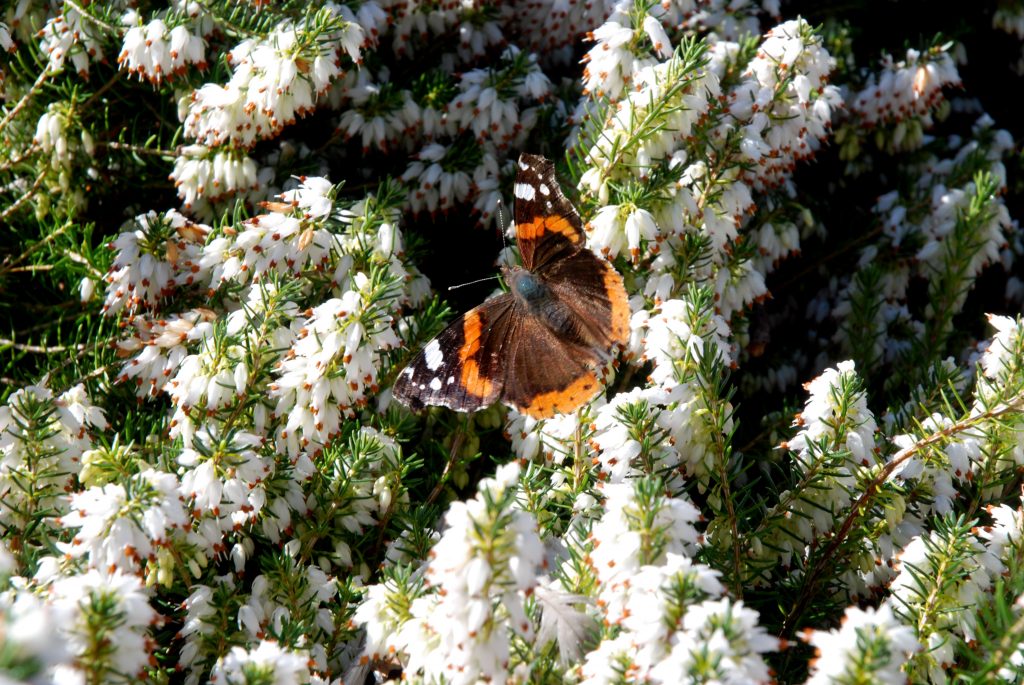
They also tick the ‘plant for pollinators’ box. I am keen to plant anything that flowers early to feed emerging bumblebees, such as pulmonaria and lamium. Winter heathers, with their honey scent, fit the bill and also get visited by overwintered butterflies.
Most of my winter heathers are ‘second hand’. At this time of year, as I empty pots of their summer flowers I want to fill them with colour for winter and spring and pots of winter heathers fit the bill perfectly. Because they are not lime-haters they can be popped into multipurpose compost. Remember that they won’t grow much in winter – just open their blooms – so put them quite close and interplant with cyclamen or violas and pop small bulbs between for spring colour.
Then, in April and May, when you empty the pots for the summer flowers, carefully remove the heathers and plant them in the garden. That is how all mine started.
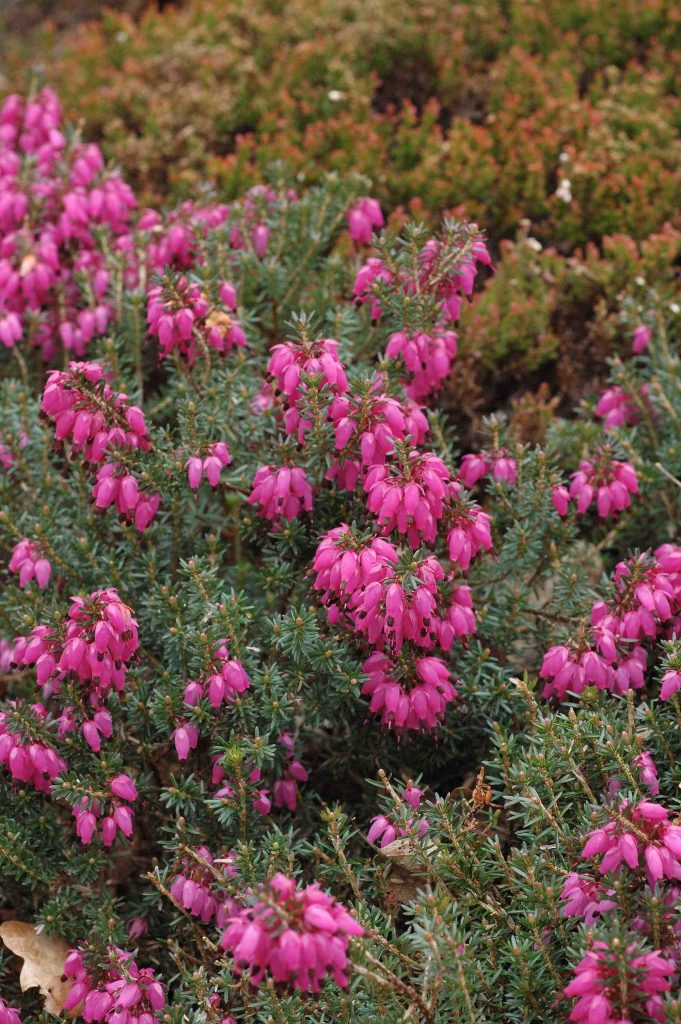
The two main types are the low and spreading Erica carnea (30cm) and the rather taller and bushy, 60cm , Erica x darleyensis (above). For your pots it won’t matter a jot which you have but when you plant them out, put E. x darleyensis at the back!
These heathers are remarkably inexpensive and will live for many years, Give them a light trim in future years, immediately after flowering, to keep them neat and compact.
Don’t confuse these with the Garden Girls (R) bud-blooming heathers available now. These last for ages but never open their flowers so are no good for bees and they need acid soil.
Jobs this week
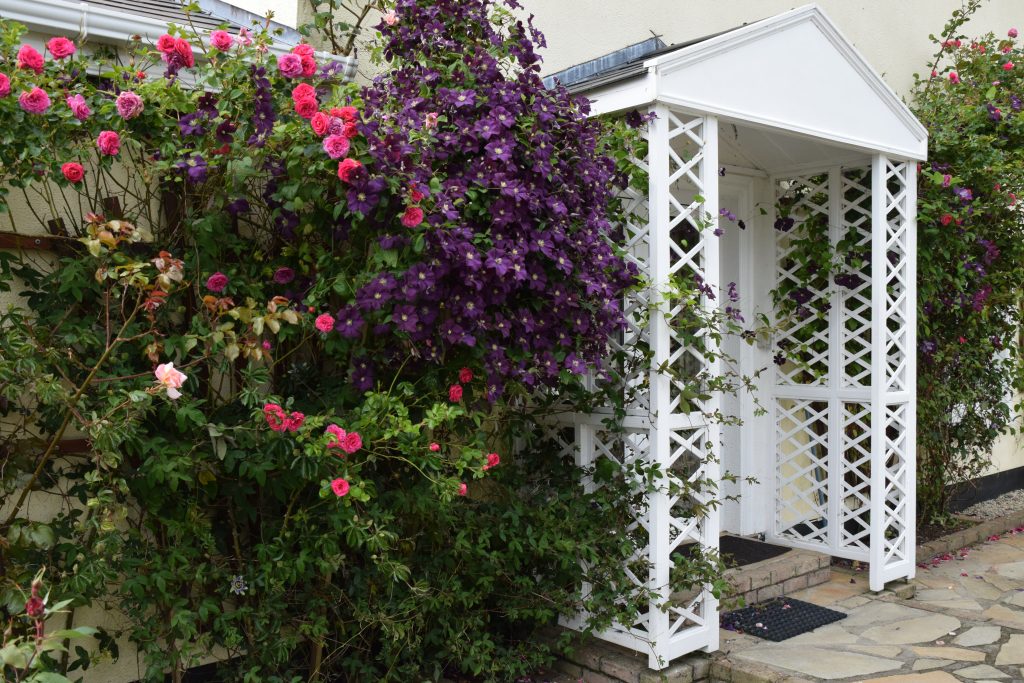
With blustery weather the order of the day (or week) some plants will have been damaged already. As flowering slows it is worth cutting back tall, fast-growing plants to reduce the damage by winter winds. This includes tall roses, buddleias and lavatera. Climbing roses and clematis may get ripped from their supports because they are so top heavy so trim them back. Do not prune them hard because that will promote new growth which we don’t want till spring.
Plant garlic in sunny, well-drained beds. Do not plant garlic bought for eating which may be infected with virus (harmless to us) which will reduce vigour. Buy named bulbs from the garden centre.
Pull up and compost summer bedding plants and replant patio pots.